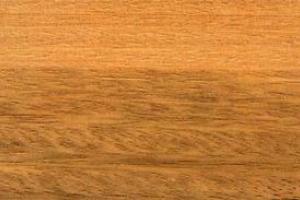Risk Tool
Aji Caryocar costaricense
Also know as: ajillo, ajo, manu, plomillo, almendrillo, almendro, almendro de bajo, almendron, cagui, firme, genene, manu, maqui-maqui, cagui, pequia, pequia brava, pete rana do terra firme, pete’, pete-rana, rana do terra

C. costaricense is native to Colombia, Costa Rica, Panama, and Venezuela and occurs in lowland evergreen rainforest. Aji is found mainly in protected areas in Costa Rica and in the Darien and San Blas regions of Panama.
C. costaricense is commonly used for flooring, furniture, construction, plywood, joinery, railroad ties, and vehicle parts. The main threat to the species is habitat loss. Its IUCN Red List status is “vulnerable.” The tree is closely related to, and may be confused with, C. amygdaliforme.
Species Details
C. costaricense is listed on Appendix II of the Convention on International Trade of Endangered Species of Wild Fauna and Flora (CITES), a listing that applies to all parts and derivatives with specified exemptions.